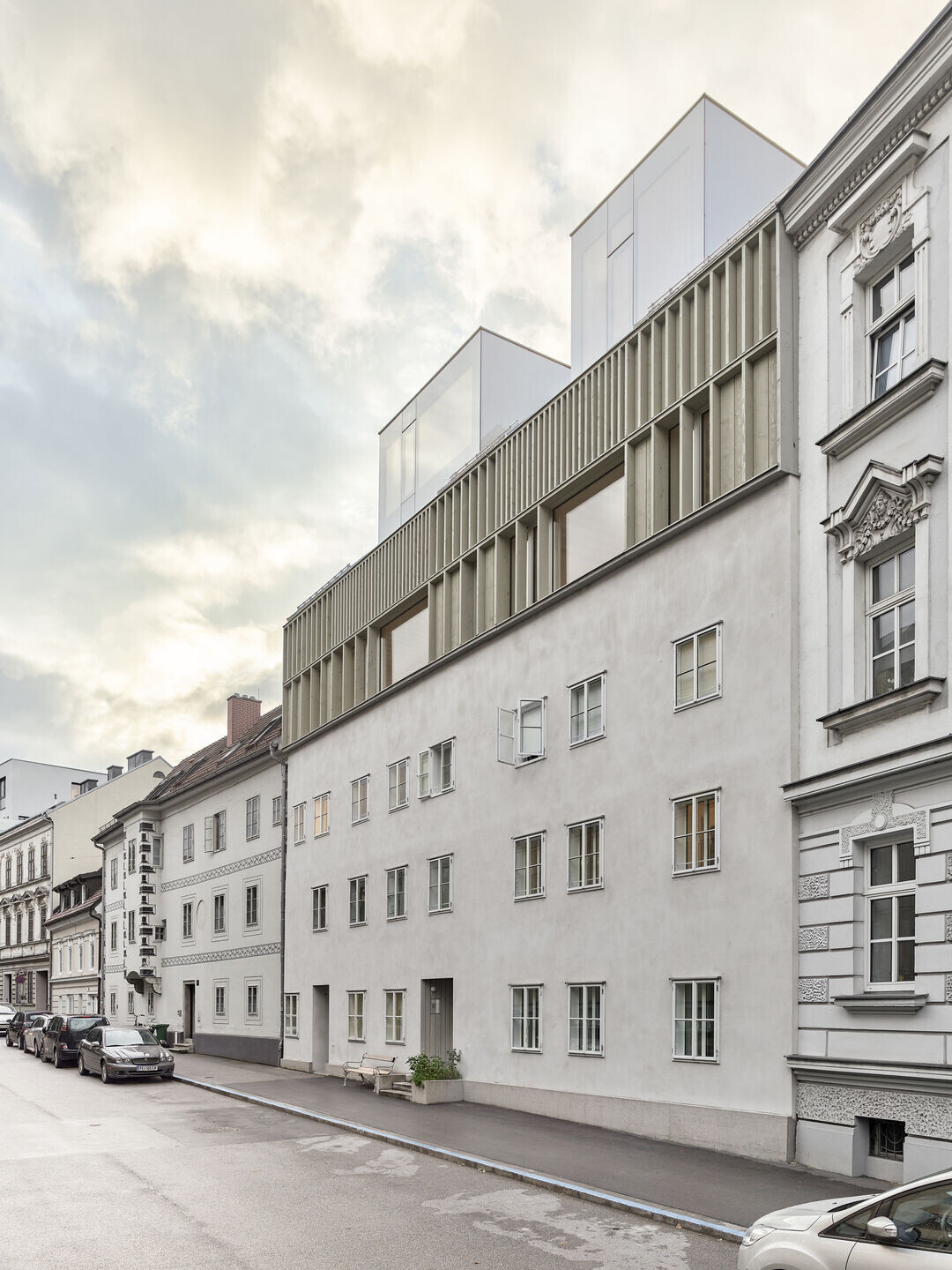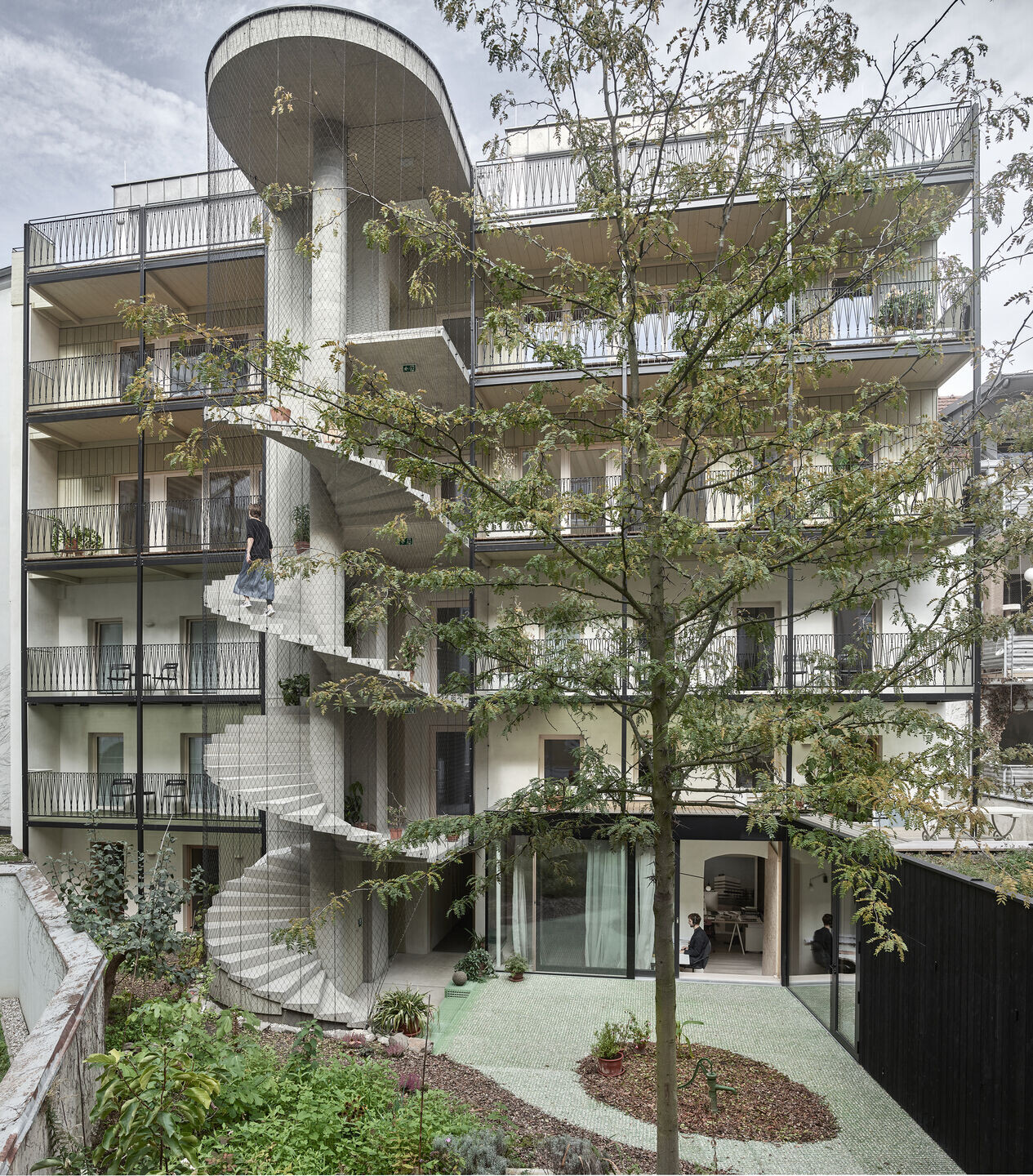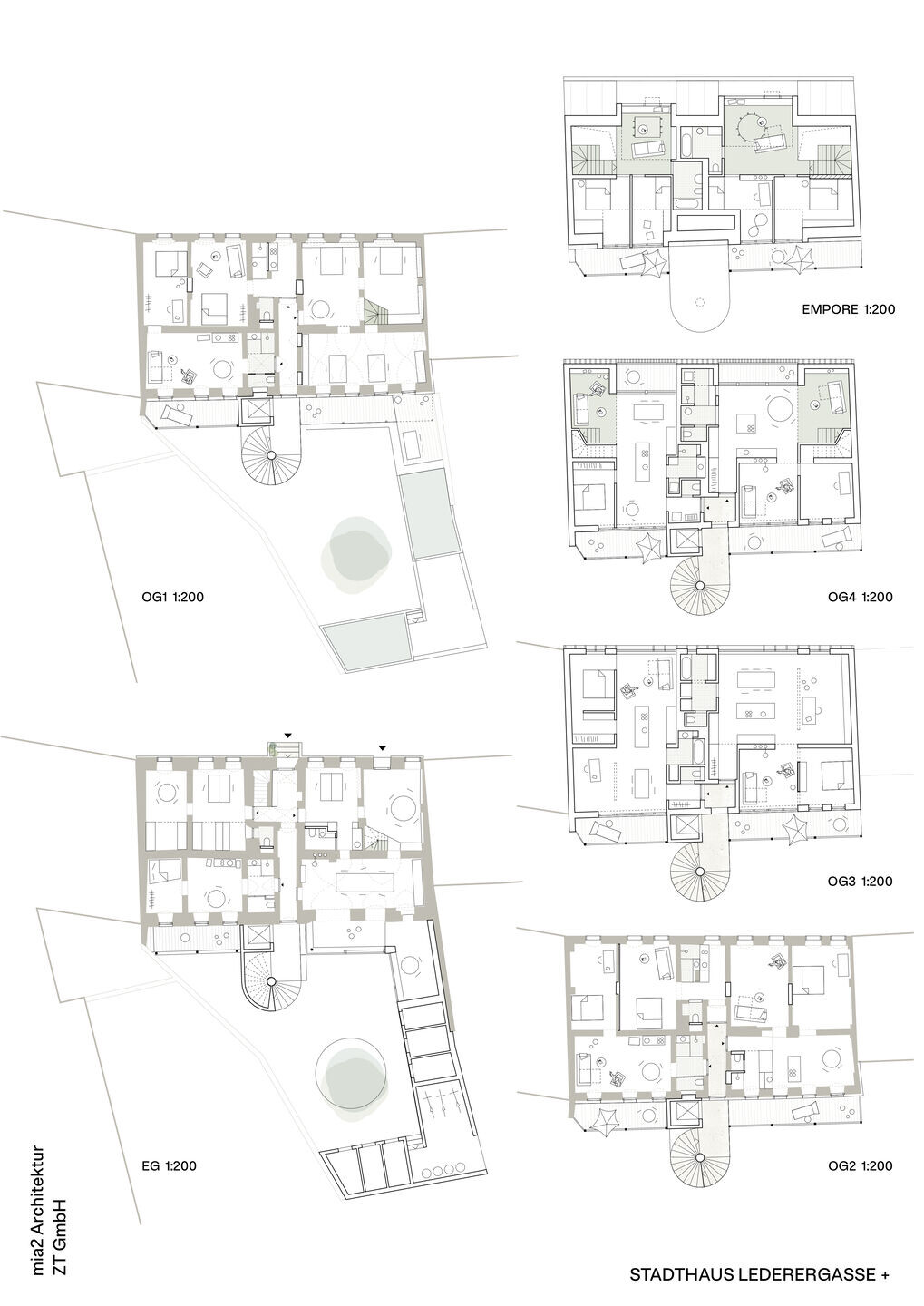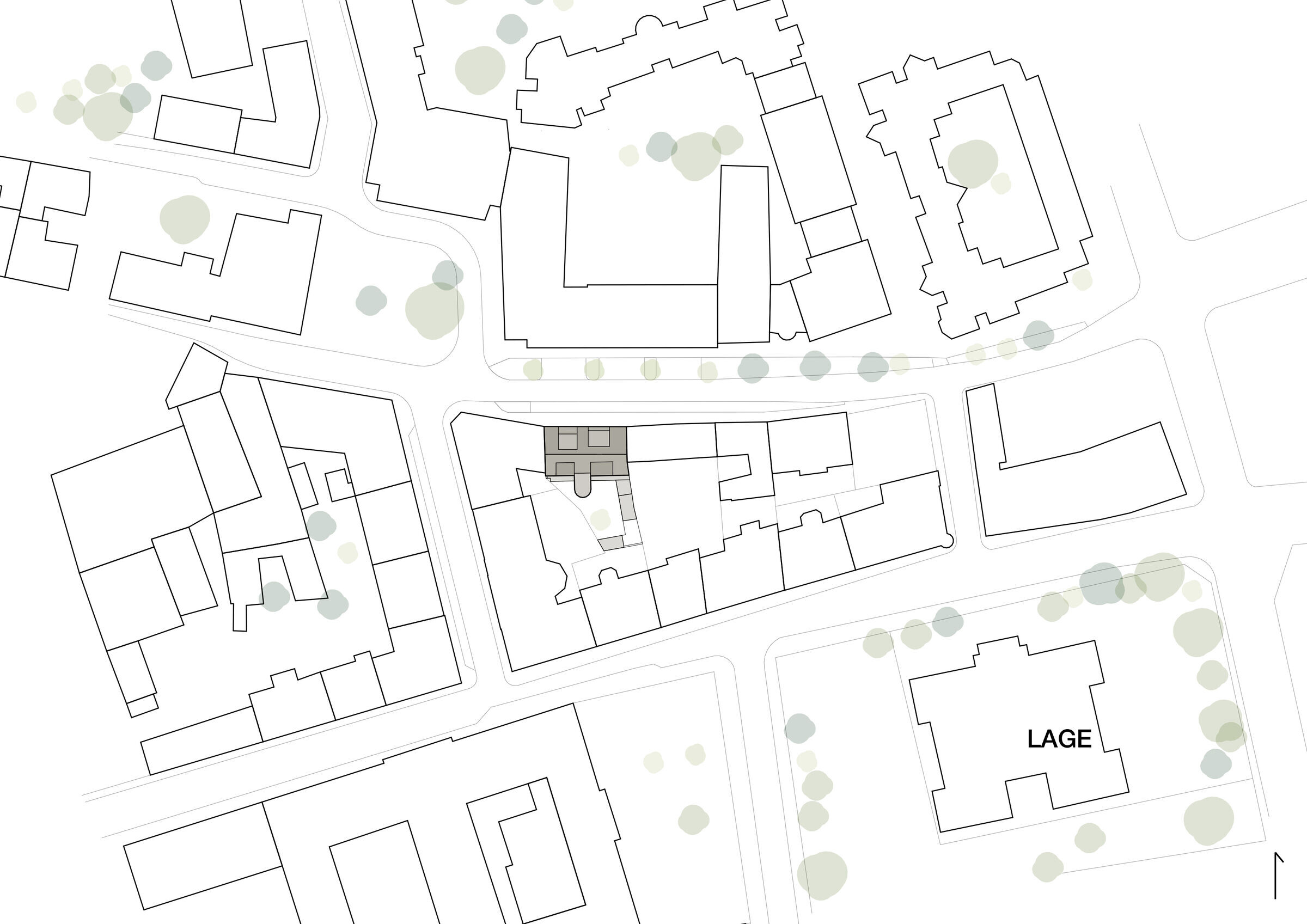The Stadthaus is located in the central street Lederergasse - a livable, quiet street that connects Linz's main square, via the tobacco factory, with the port. The existing building – its basic substance from the 16th century – has been renovated and expanded.
Over a process lasting several years, first the premises on the ground floor were converted into the company's own architect's office, then the apartments on the 1st and 2nd floor were cleared out and renovated down to their constructive structures. In the last two years, the inventory has been supplemented with an addition.

In order to enable a gentle renovation of the existing building without major interventions, the position of a new connection, staircase and lift, was defined by means of a development plan change in addition to the number of floors. In this way, the characteristics of the historical substance could be preserved in the best possible way. The addition is carried out according to ecological, economic and structural requirements in mixed construction - mostly timber construction.
As an in-house project, this construction project has always been an experimental object for us for innovative renovation methods and special solutions. For example, the CLAY from the excavation on the ground floor was processed into rammed earth walls and these are now being used as prefabricated load-bearing parts when the storey is added. Using wood-concrete composite technology, the several hundred-year-old wooden ceilings could be preserved and strengthened in terms of statics and building physics. A five-storey spiral staircase was built from specially developed precast concrete elements. Wrapped in a metal net as a free-standing external staircase, it is to be overgrown with kiwi and vine tendrils over the next few years, thereby enhancing the inner courtyard. In order to counteract the sealing in the best possible way, we have provided the roofs of the courtyard buildings with a green roof and the areas in the courtyard have been made robustly playable with water-permeable GRP grids. RAILINGS that were disposed of during another construction project have been re-adapted and are now finding new uses in our balcony shelf. The wood addition shows up on the street side with a mullion and transom facade that covers several needs, such as fall protection, the fire barrier function and the structure.

In addition to all these ecological, economic and formal considerations, the social and community idea was also important to us. In addition to a LIVELY and LIVABLE town house with communicative balconies and courtyard areas, we also took our responsibility as a neighbor and counterpart seriously. The street side should be just as friendly, with a ground floor that people like to walk along. Our small bench in front of the main facade is used to rest - we are very happy about that!
In the course of this project, we slipped into a variety of roles, not just BUILDER and ARCHITECT, we also took on the role of craftsman, foreman and project developer. Looking back, we are very grateful for this opportunity and our experiences from this process.

Technical info:
The building was connected to the municipal district heating network. In addition, it has a photovoltaic pannels and a solar thermal system on the roof to support the hot water preparation in the house. There is a central ventilation system on the ground floor. The south-facing balcony shelf with its 2m depth provides enough shade to avoid overheating in summer. In this way, complex and energy-consuming cooling measures could be dispensed with.






































